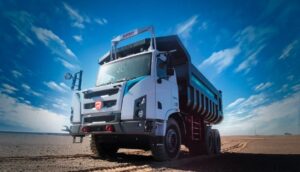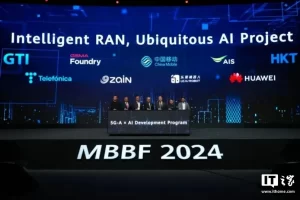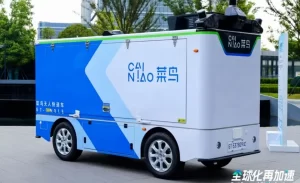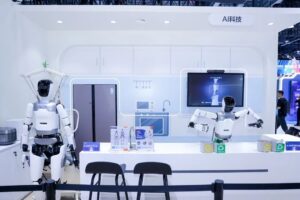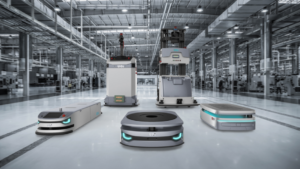According to incomplete statistics from the New Strategy Institute for Low-Speed Autonomous Driving Industry, in the third quarter of 2024, over 24 companies in the domestic low-speed autonomous driving field launched 34 new products, including 23 new vehicle models.

These 23 new vehicle models cover a wide range of types and focus on various application scenarios, such as logistics and delivery, cleaning and sanitation, mining areas, and shuttle services.
Product Categories:
Autonomous delivery vehicles and autonomous cleaning vehicles had the most new models, each with 5 new products. The former includes 4 autonomous delivery vehicles and 1 delivery robot, while the latter features 4 autonomous sweepers and 1 cleaning robot. Additionally, 4 new autonomous mining vehicles and 4 new autonomous shuttle vehicles were introduced this quarter.
Notable Products:
Some of these new products are innovative iterations of existing models, while others represent entirely new product lines, aiming to enrich their product matrix in terms of quantity and functionality.
For example, Pudu Robotics launched the PUDU MT1, the world’s first AI-powered intelligent sweeping robot designed for large-scale scenarios. Similarly, OrionStar introduced the “LuckiBot Pro,” a delivery robot for industrial settings. A few innovations mark the first of their kind in China. For instance, the Jinchuan Nickel Cobalt Research Institute unveiled China’s first 25-tonne new energy-autonomous underground mining truck.
High-capacity warehouse models remain popular among autonomous delivery products, such as the “Geleshi” commercial autonomous delivery vehicle by the Institute of High Throughput Computing, JITRI, which boasts a storage volume of 5 cubic meters. In the autonomous cleaning and sanitation sector, companies are focusing on expanding their products’ usage scenarios. For example, QiaoYin Digital, a new subsidiary of traditional urban service management company QiaoYin City Management, debuted two autonomous sanitation vehicles: the 1-ton outdoor autonomous sweeping robot Model-Y and the half-ton park-specific Model-Q.
Autonomous mining vehicles continue to make breakthroughs in power systems. Boonray launched two autonomous mining trucks—the “BLEB135 Extended-Range Hybrid Autonomous Wide-Body Mining Truck” and the BLEB145 large-capacity battery version. The former uses a fuel-electric hybrid system, with a 176kWh high-power battery, ideal for long-distance, high-frequency, heavy-duty operations. The latter is equipped with a CTB-800kWh super battery, enabling long-distance transport with a single charge.
Industry Insights:
Compared to the same period last year, the number of new products in Q3 increased by 53%, with a more diverse product range, reflecting greater innovation and faster product iteration in the industry.
There have also been breakthrough attempts at integrating autonomous driving technology with emerging technologies in specific scenarios.
The increasing number of participants in autonomous product development indicates growing attention and enthusiasm for the industry.
In July, five departments jointly announced the list of the first cities for the “Vehicle-Road-Cloud Integration” application pilots. Twenty selected cities (or coalitions) are accelerating the construction of these projects. As a key carrier of autonomous driving technology, the scale and speed of autonomous vehicle deployment are expected to reach unprecedented levels, signaling that the industry is on the fast track to development.



